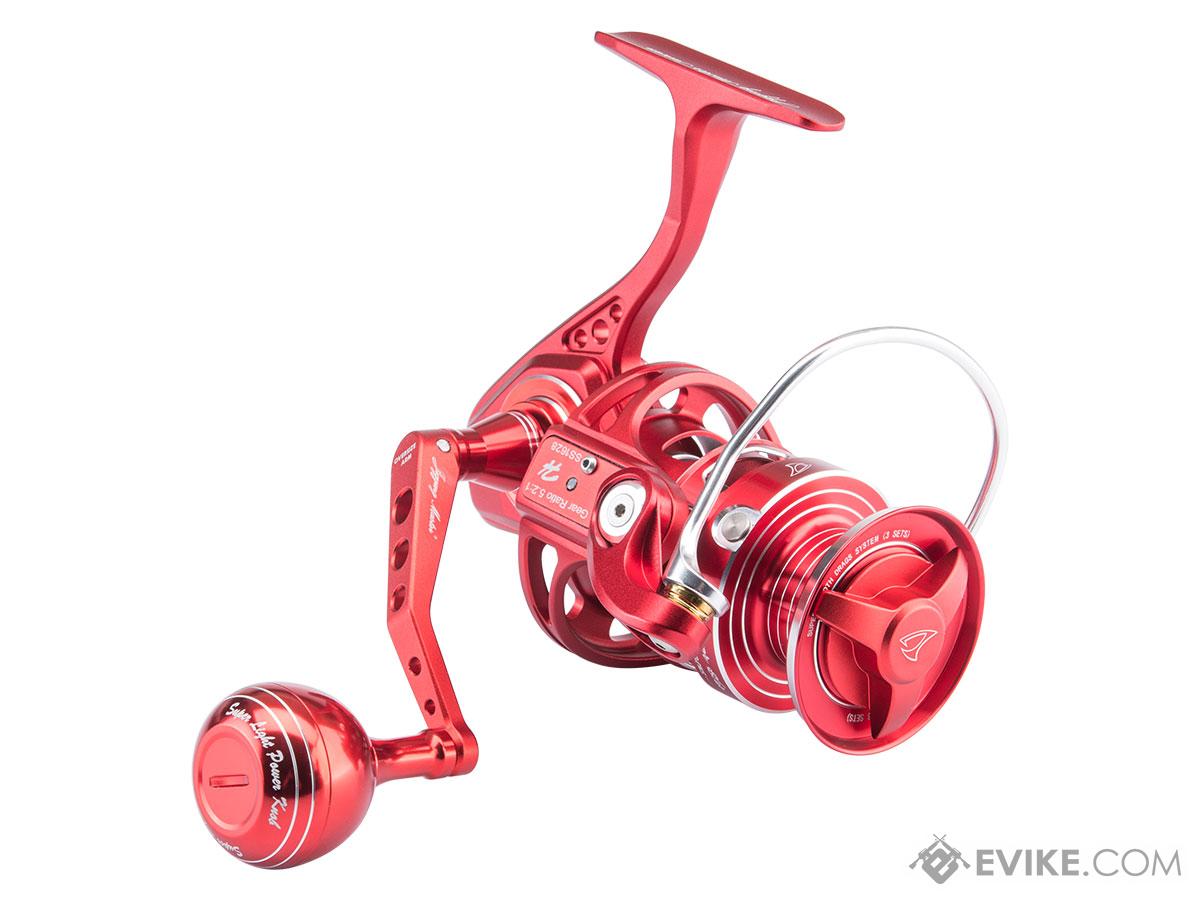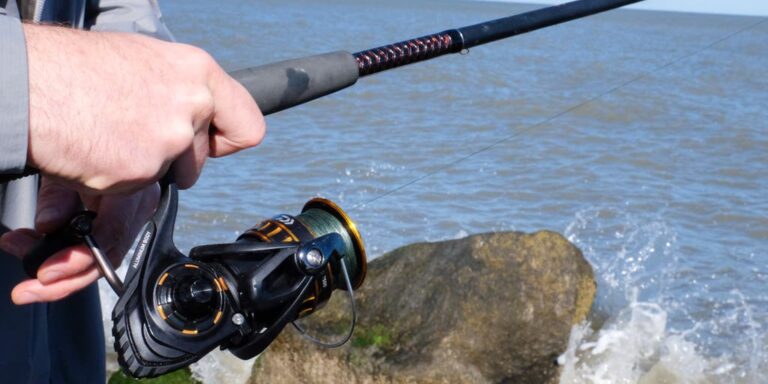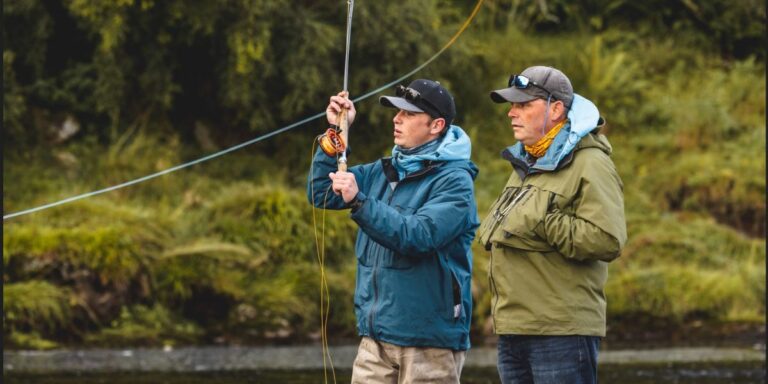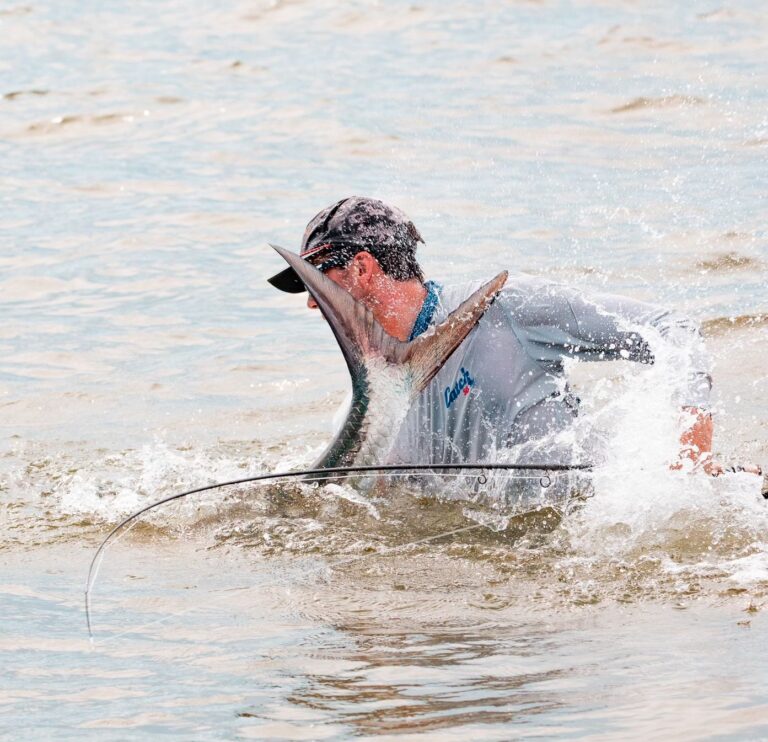Spinning reel gear ratios refer to the relationship between the number of times a spool rotates with one turn of the reel handle. Understanding these ratios is crucial in selecting the right gear for different fishing situations.
As an angler, using the right gear can determine how successful one’s fishing trip will be. Spinning reel gear ratios are an essential consideration when selecting a spinning reel because they determine the speed at which the spool rotates with one turn of the reel handle.
It is the gear ratio that ultimately determines how well an angler can handle specific types of fish, such as those that run quickly or those that fight hard. The gear ratio is usually stated on the spinning reel, and commonly ranges from 4:1 to 6:1. In this article, we’ll help you understand the spinning reel gear ratios and how to choose the right one for different fishing situations.

Credit: www.evike.com
How Spinning Reel Gear Ratios Work
Understanding spinning reel gear ratios – how spinning reel gear ratios work
As an angler, understanding the technical aspects of fishing gear can be overwhelming, but one of the essential components to consider when purchasing a spinning reel is gear ratio. Gear ratio refers to the number of times the bail rotates around the spool of a spinning reel with one complete turn of the handle.
In this post, we will dive deep into the world of spinning reel gear ratios and cover everything from explanation to their impact on varied fishing techniques.
Explanation Of Gear Ratio
A spinning reel’s gear ratio determines the speed and power of the retrieve. The higher the gear ratio, the faster the retrieve and vice versa. For instance, if the gear ratio is 6:1, that means the spool rotates six times with one turn of the handle.
On the other hand, if the ratio is 5:1, the spool only turns five times per handle rotation.
Understanding The Numbers: High Vs. Low Gear Ratio
Spinning reels typically come in two gear ratios: high and low. High gear ratio reels (6:1 or higher) pick up more line per handle rotation, making them suitable for techniques that require quick retrieves such as topwater fishing. Conversely, low gear ratio reels (5:1 or lower) pick up less line per rotation but provide more power, making them suitable for techniques that require slower presentations such as deep-sea fishing.
The Impact Of Gear Ratios On Different Fishing Techniques
The gear ratio of a spinning reel plays a significant role in various fishing techniques. Anglers should select a gear ratio that aligns with their fishing style and the species they are targeting.
- High gear ratio spinning reels are ideal for fast-moving techniques such as topwater fishing, jigging, and spinnerbaiting.
- Low gear ratio spinning reels are perfect for slow-moving techniques such as deep-sea fishing, carolina rigs, and crankbait fishing.
Pros And Cons Of High And Low Gear Ratios
While high and low gear ratio spinning reels have their advantages, they also have their drawbacks. It’s crucial to understand their pros and cons before you choose a spinning reel based on gear ratio.
High Gear Ratio
Pros:
- Fast line retrieval
- Suitable for fast-paced techniques
- Ideal for species with high-speed pursuits
Cons:
- Less power
- Difficult to handle larger fish
- Baits move too quickly for some fish species
Low Gear Ratio
Pros:
- More power
- Ideal for handling larger fish
- Suitable for slow-moving techniques
Cons:
- Slower line retrieval
- Less suitable for fast-moving techniques
- Not ideal for species with high-speed pursuits
Understanding spinning reel gear ratios is essential for a successful fishing experience. Spend some time analyzing your fishing style and the species you target before purchasing your spinning reel. By keeping these factors in mind, you can choose the right gear ratio to help improve your chances of catching that dream fish.
How To Choose The Right Gear Ratio For Your Fishing Technique
Understanding Spinning Reel Gear Ratios: How To Choose The Right Gear Ratio For Your Fishing Technique
Fishing is one of the most relaxing and fulfilling outdoor activities that you can do. It requires patience, strategy, and the right gear. One of the essential tools for your fishing toolkit is a spinning reel with the right gear ratio.
In this post, we will discuss how to choose the right gear ratio for your fishing technique.
Factors To Consider, Such As Lure Weight And Line Size
Before you choose a spinning reel gear ratio, there are several factors you need to consider. These factors will help determine the appropriate gear ratio for your fishing technique. Here are some of the factors you should consider:
- Lure weight: The weight of your lure will determine the type of gear ratio you need. If you are using a light lure, you will need a high gear ratio to retrieve the lure quickly. A heavy lure will require a low gear ratio to retrieve it at a steady pace.
- Line size: The thickness of your fishing line is also a critical factor in choosing a gear ratio. Thinner lines require higher gear ratios to retrieve more swiftly, while thicker lines require lower gear ratios to retrieve at a consistent speed.
- Fishing technique: Different fishing techniques require different gear ratios. For instance, if you are using a finesse fishing technique, you’ll need a higher gear ratio because finesse fishing involves using smaller baits that need to be quickly retrieved. If you’re fishing with a hard bait, you will need a lower gear ratio for a more controlled retrieve.
The Importance Of Understanding Your Personal Fishing Style
Apart from considering the factors mentioned, understanding your personal fishing style will help you choose the right gear ratio. Here are some things to consider:
- Your preferred retrieve speed: Understanding how you like to retrieve your lure is essential in choosing the right gear ratio. If you like to retrieve your lure quickly, you need a higher gear ratio. If you prefer a slower retrieve, a lower gear ratio is ideal.
- Your comfort level: It’s important to fish with a gear ratio that feels comfortable to you. You want to choose a gear ratio that allows you to comfortably retrieve your lure and that you can use for an extended period without feeling fatigued.
- Your experience level: As an experienced angler, you’ll be able to feel the difference in gear ratios, and you’ll know when to adjust your gear ratio to suit different fishing conditions. If you’re a beginner, you may want to start with a medium gear ratio until you develop your personal fishing style.
Choosing The Right Gear Ratio For Different Types Of Fishing
Different types of fishing require different gear ratios to achieve the best results. Here’s a breakdown of the different types of fishing and the corresponding gear ratio:
- Trout fishing: A gear ratio of 4:1 – 5:1 is ideal for trout fishing.
- Bass fishing: A gear ratio of 6:1 or higher is recommended for bass fishing.
- Walleye fishing: A gear ratio of 5:1 – 6:1 is suitable for walleye fishing.
- Crappie fishing: A gear ratio of 4:1 – 5:1 is ideal for crappie fishing.
- Catfish fishing: A gear ratio of 4:1 – 5:1 is recommended for catfish fishing.
Remember, choosing the right gear ratio is crucial for a successful fishing trip. Take into account the factors mentioned above, understand your personal fishing style, and choose the appropriate gear ratio for each type of fishing. Happy fishing!
Conclusion
To conclude, understanding the importance of gear ratios in spinning reels is essential to making the appropriate choice for your fishing needs. The gear ratio affects how fast or slow the reel retrieves the line. The faster retrieve makes it easier to catch fish that require quick adjustments, while the slower retrieve helps in pulling heavier loads.
The most common gear ratios for spinning reels are 5. 2:1 and 6. 2:1, but there are also high-speed models that offer ratios of 7. 1:1 and above. It’s important to remember that a higher gear ratio does not necessarily mean a better reel, it all depends on what type of fishing you’ll be doing.
Understanding gear ratio is just one of many factors that can impact your fishing experience, but it’s a vital consideration to make to ensure a successful trip on the water. Happy fishing!






